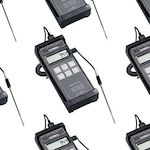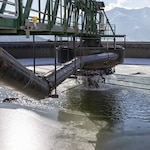Open channel flow monitoring is a long-established technique used to measure the flow rate of water in irrigation channels, streams, stormwater systems, and wastewater treatment facilities. Unlike closed-pipe systems, open channels rely on gravity rather than pressure, making accurate measurement dependent on the relationship between water level (stage) and flow rate.
Measuring Flow with Weirs and Flumes
In most open channel applications, devices such as weirs and flumes are used to standardize this relationship. Both work by shaping the cannel into a known cross-sectional geometry that relates the liquid level to flow rate through a predictable mathematical relationship.
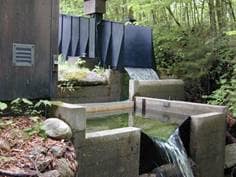
Example of Weirs
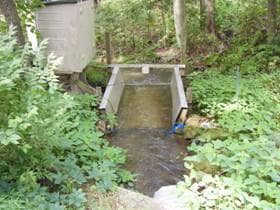
Example of Flumes
Weirs are vertical barriers with a precisely shaped opening (e.g., rectangular, V-notch, or Cipolletti).
Flumes, such as Parshall or Palmer-Bowlus designs, narrow and deepen the flow path, accelerating the liquid and allowing for low-head loss measurement.
In both cases, the height of water passing over or through the device is directly proportional to the discharge rate, allowing for continuous flow calculation using calibration equations or tables.
Traditional Measurement Methods
Historically, the water level (or “head”) was measured manually using weir sticks, staff gauges, or mechanical float sensors. While simple, these methods introduced several challenges:
- Frequent maintenance due to debris, algae, or sediment buildup
- Labor costs from manual data collection and site visits
- Measurement inaccuracies caused by fouling, float sticking, or misread markings
In addition, these “low-tech” methods often carry hidden operational costs that outweigh their simplicity, especially in remote or high-flow environments.
Modern Advancements: Ultrasonic and Hydrostatic Sensors
Today, cost-effective electronic instrumentation has transformed open channel flow monitoring. Two of the most common techniques are:
- Ultrasonic Level Sensors: These devices use non-contact sound waves to measure the distance to the water surface, eliminating fouling and reducing maintenance. They’re ideal for applications with debris or varying fluid quality
- Hydrostatic Pressure Sensors: Installed below the liquid surface, these sensors measure the pressure exerted by the water column to determine level. They offer high accuracy and reliability, especially in turbulent or foamy conditions
When paired with flow conversion algorithms or transmitters, both technologies provide continuous, automated flow measurement with minimal maintenance and improved data reliability.
Innovative Solutions from

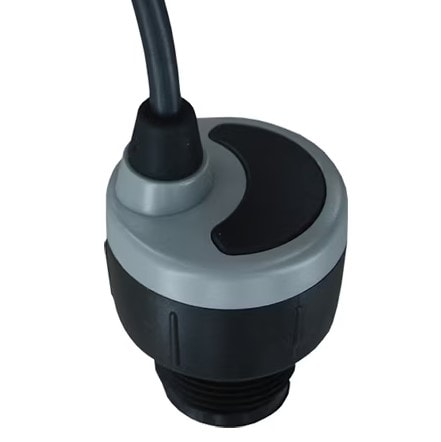
Model ULSS Ultrasonic Level Sensor
The Model ULSS Ultrasonic Level Sensor delivers reliable, non-contact level measurement for open-channel and short-range applications. With a 4.1 ft (1.2 m) range and ± 0.125 in (3 mm) accuracy, it provides continuous monitoring without moving parts that can jam, corrode, or accumulate buildup.
Its ultrasonic technology with automatic temperature compensation ensures accuracy across changing conditions, while the NEMA 6P-rated enclosure offers long-term durability in harsh environments. Configurable through free software, the ULSS allows users to program output signals and up to four relay setpoints for local control or alarms—ideal for weirs, flumes, and wastewater systems.

Model ULSM Ultrasonic Level Sensor
The Model ULSM Ultrasonic Level Sensor offers accurate, non-contact measurement for medium-range open-channel and tank applications. With a 9.8 ft (3 m) measuring range and ± 0.2 % of range accuracy, it delivers dependable performance in water, wastewater, and industrial processes.
Its ultrasonic sensing and automatic temperature compensation ensure consistent readings under changing conditions, while the NEMA 6P-rated enclosure provides protection against submersion and harsh environments. Through free configuration software, users can program output signals and up to four relay setpoints for alarms or control—making the ULSM a robust choice for flumes, sumps, and process tanks.
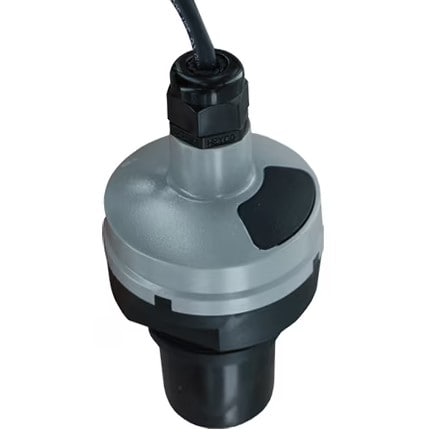
Model ULSL Ultrasonic Level Sensor
The Model ULSL Ultrasonic Level Sensor provides reliable, non-contact measurement for taller open-channel and tank applications. With an 18 ft (5.5 m) measuring range and ± 0.2 % of range accuracy, it ensures precise, maintenance-free monitoring across a wide variety of fluids.
Its ultrasonic technology with automatic temperature compensation maintains accuracy under changing conditions, while the NEMA 6P-rated enclosure protects against moisture, debris, and submersion. Configurable through free software, the ULSL supports programmable output signals and up to four relay setpoints for alarms or control—ideal for deep sumps, large flumes, and wastewater treatment systems.
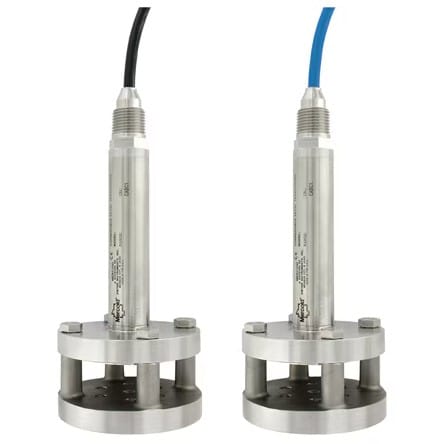
Series PBLT2 Submersible Level Transmitters
The Series PBLT2 Submersible Level Transmitter provide durable, high-accuracy level measurement in wastewater, slurry, and other challenging liquid applications. Designed for long-term reliability, each unit features a 316 stainless steel diaphragm seal and cage that resist clogging and damage from solids, along with a maintenance-free filter that prevents particulates or moisture from reaching the sensor.
With a 4 to 20 mA output and lightning and surge protection, the PBLT2 delivers dependable performance in harsh environments. Its 270 lb tensile-strength vented cable compensates automatically for atmospheric pressure changes, ensuring accurate readings without frequent maintenance.
Engineered for submersion in sumps, tanks, or clarifiers, the PBLT2 offers a robust solution where ultrasonic sensing may be impractical—making it ideal for sludge pits, chemical storage, and wastewater level monitoring.
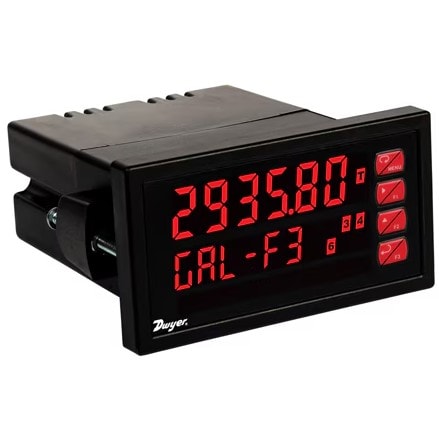
Series APM Digital Panel Meters
The Series APM Digital Panel Meter provide accurate and flexible display and control for flow, level, and process monitoring. These 1/8 DIN units accept 4-20 mA or 0-10 V signals and include built-in weir and flume exponential linearization, allowing direct conversion of level transmitter input into flow rate for both local display and output.
With a NEMA 4X weatherproof front, the APM series is suitable for outdoor installations where sunlight and moisture are present. Smart features include math functions for round horizontal tanks, multi-pump alternation control, and 32-point linearization for non-linear signals. The display can be configured for transmitter outputs, switch outputs, or serial communication, providing complete flexibility for remote monitoring and control.
